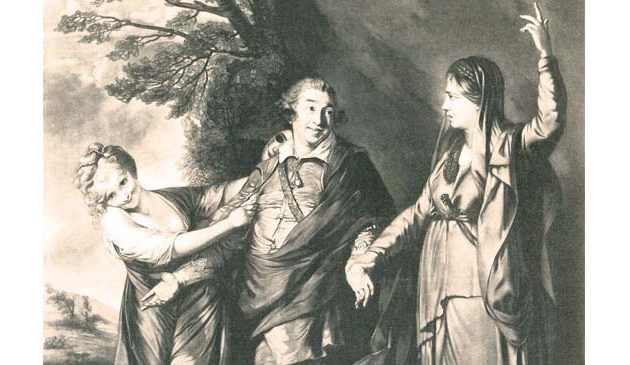In brief – London in the Georgian Golden Age

The busy Cheapside in the heart of the City of London in 1750, lined with shops and inns, and dominated by St. Mary-le-Bow church on the right.
In 1778 John Wesley built a chapel beside his house immediately north of the City, opposite the non-conformist Bunhill Fields cemetery. From then Methodist chapels began opening throughout the London area. There had been a suspicion of Catholics in England since the time of Queen Mary in the 16th century. Yet following the acquisition of the Province of Quebec, in addition to Ireland, there were an increasing number of adherents within the empire. Without any further threat of a Jacobite rebellion there was a gradual dismantling of the laws of suppression against Catholics. Between 1778 and 1829 a series of Relief Acts were passed allowing a large degree of emancipation in Britain and Ireland and previously secret Catholic chapels were able to operate openly.
When the government attempted to repeal anti-Catholic laws in Scotland, however, it stirred up anti-papist bigotry, led by Lord George Gordon. A march to Parliament to present a petition in June 1780 descended into a riot that lasted throughout the week. Newgate Prison, the Bank of England and other buildings came under attack before the army was called in to quell the violence. Four hundred and fifty were killed or wounded during the Gordon Riots and a further twenty rioters hanged.
The most newsworthy event in London in 1788 was the opening of the trial of Warren Hastings at Westminster Hall where everyone, including the Prince of Wales, wished to secure a seat. The former Governor of India was accused of poor military judgement, undue patronage, and maladministration. When Richard Brinsley Sheridan, highly regarded for his eloquence, first rose to speak tickets were reported as changing hands for fifty guineas. The trial lasted for seven years, at the end of which Hastings was acquitted.
Britain’s wealth of the 18th century was built partly on slavery in its Caribbean colonies yet, theoretically at least, slavery did not exist in Britain, as confirmed in a court case in London in 1772. By the end of the century there was a small black population in the capital, consisting mostly of former slaves brought back from the colonies by their masters.


